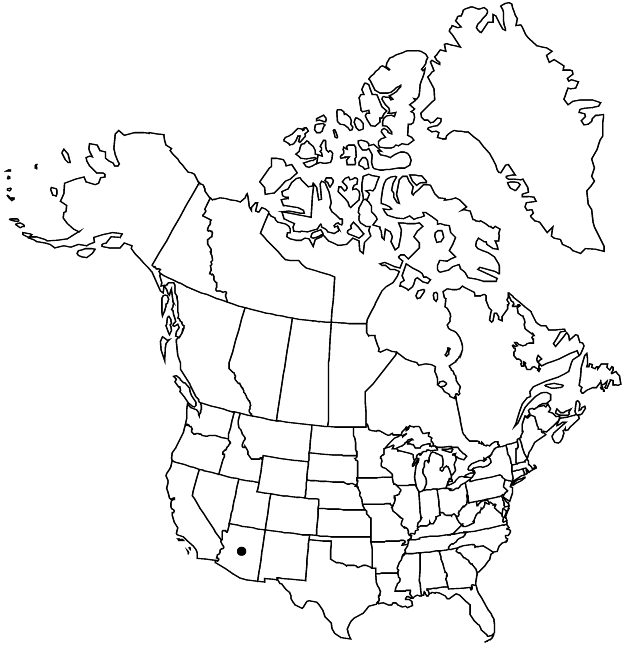Drymaria viscosa
Proc. Amer. Acad. Arts 22: 469. 1887.
Plants annual, herbaceous, viscid, not glaucous. Stems prostrate, diffusely branched proximally, 5–20 cm. Leaves appearing whorled or opposite; stipules deciduous, simple, filiform, 1–1.5 mm; petiole absent or nearly so; blade linear to narrowly lanceolate, 0.3–1.5 cm × 0.5–1.5 mm, base attenuate, apex rounded to acute. Inflorescences axillary and terminal, somewhat congested, 4–7-flowered cymes. Pedicels shorter to longer than subtending bracts at maturity. Flowers: sepals with 3 obscure veins arcing outward at midsection and ± confluent apically, lanceolate to narrowly ovate (herbaceous portion similar), 2.3–3 mm, subequal, apex obtuse (herbaceous portion acute to acuminate), not hooded, stipitate-glandular; petals 2-fid for 1/2+ their length, 1.8–2.2 mm, 2/3–1 times sepals, lobes 1-veined, vein unbranched, spatulate, trunk absent, base gradually tapered, apex rounded. Seeds brown abaxially, transparent (or white embryo visible) adaxially, snail-shell- or teardrop-shaped, 0.6–0.7 mm; tubercles minute, rounded.
Phenology: Flowering spring.
Habitat: Stabilized sand dunes
Elevation: 200-300 m
Distribution

Ariz., Mexico (Baja California, Sonora).
Discussion
Drymaria viscosa is often attributed to S. Watson ex Orcutt; however, as B. D. Parfitt and W. C. Hodgson (1985) correctly stated, C. R. Orcutt (1886) merely mentioned the name and did not publish it validly.
Selected References
None.